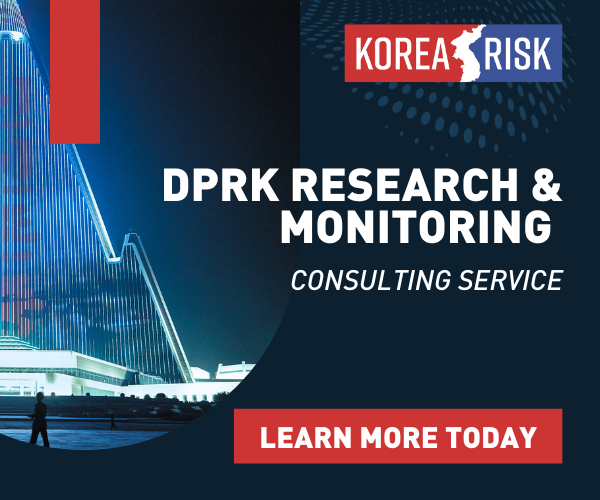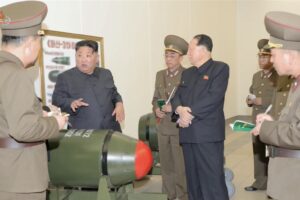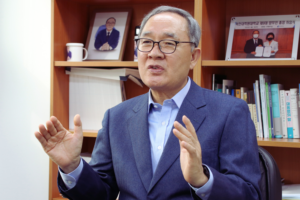The dramatic rapprochement between the two Koreas symbolized in last month’s summit between North Korean leader Kim Jong Un and South Korean President Moon Jae-in has left observers with some mix of hope and caution. The summit’s visual symbolism and emotional rhetoric evoked the desire of a divided nation to be whole.
Obviously, one critical step in that process is to bring a formal end to a conflict that is now in its seventh decade. In the Panmunjom Declaration signed by both leaders during the summit, there is a commitment “to declaring an end to the [Korean] War and establishing a permanent and solid peace regime.”
The dramatic rapprochement between the two Koreas symbolized in last month’s summit between North Korean leader Kim Jong Un and South Korean President Moon Jae-in has left observers with some mix of hope and caution. The summit’s visual symbolism and emotional rhetoric evoked the desire of a divided nation to be whole.
Obviously, one critical step in that process is to bring a formal end to a conflict that is now in its seventh decade. In the Panmunjom Declaration signed by both leaders during the summit, there is a commitment “to declaring an end to the [Korean] War and establishing a permanent and solid peace regime.”
Try unlimited access
Only $1 for four weeks
-
Unlimited access to all of NK News: reporting, investigations, analysis
-
Year-one discount if you continue past $1 trial period
-
The NK News Daily Update, an email newsletter to keep you in the loop
-
Searchable archive of all content, photo galleries, special columns
-
Contact NK News reporters with tips or requests for reporting
Get unlimited access to all NK News content, including original reporting, investigations, and analyses by our team of DPRK experts.
Subscribe
now
All major cards accepted. No commitments – you can cancel any time.










